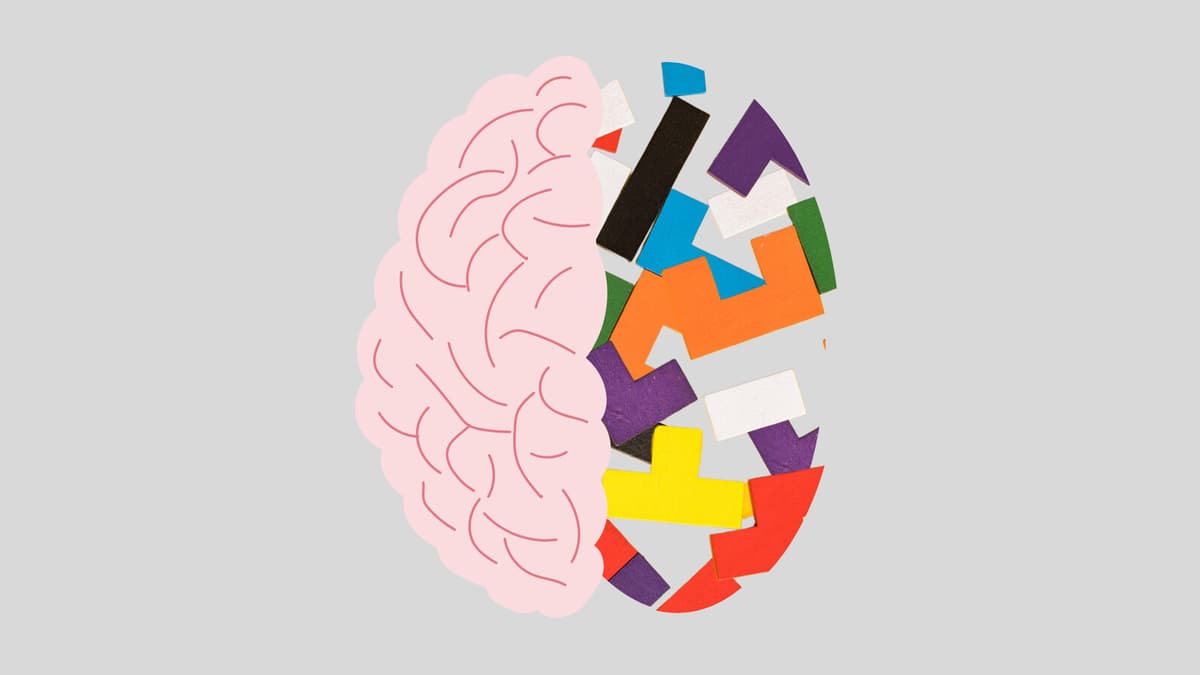One of the most common symptoms of post-traumatic stress, PTSD, is that intrusive memories of an unpleasant event suddenly emerge. They are called flashbacks and can cause great discomfort for those affected. Previous research has shown that other types of visual impressions can replace and push away the distressing memories.
The trick is what is called mental rotation. It is when you see an object from an angle and imagine how it looks when rotated – which is the core of the game Tetris, where different falling blocks are placed on top of each other.
Tetris is also special because it is a game that is played in many different ages and cultures and by different genders, says Emily Holmes, professor at the Department of Women's and Children's Health at Uppsala University.
Game or Radio
In a study, 164 people who worked in healthcare during the pandemic and had intrusive memories after trauma related to their work participated.
The participants were asked to write down all their flashbacks during a week. They were randomly assigned to either a treatment session where they played Tetris or listened to the radio for 20 minutes. The group that played Tetris also received an introduction to mental rotation.
At the beginning of the study, the participants had an average of 15 flashbacks per week. At a follow-up after five weeks, the Tetris group had one flashback per week, while the radio group had five. That both groups had a smaller number was expected, the researchers say, since the frequency tends to decrease over time.
The most surprising thing was that the effect of playing on PTSD symptoms persisted for six months after the treatment, despite not involving in-depth conversations with a therapist, says Emily Holmes.
Complement
Playing does not replace other treatment for PTSD, but it can be an effective and relatively simple complement, according to Holmes.
Her hope is that treatment with mental rotation can be used as a kind of cognitive vaccine to prevent and treat early symptoms of PTSD.
Since the method is simple, it can be used immediately after the trauma has occurred.
The study has been published in the journal BMC Medicine.





